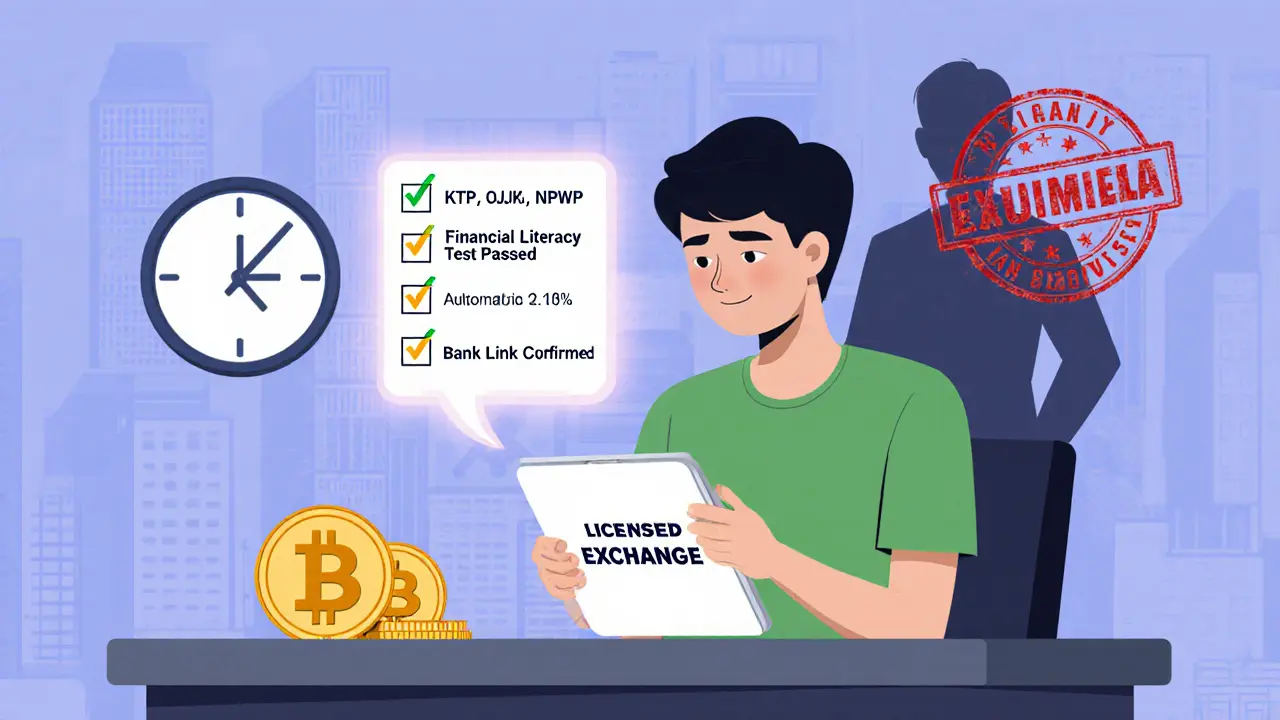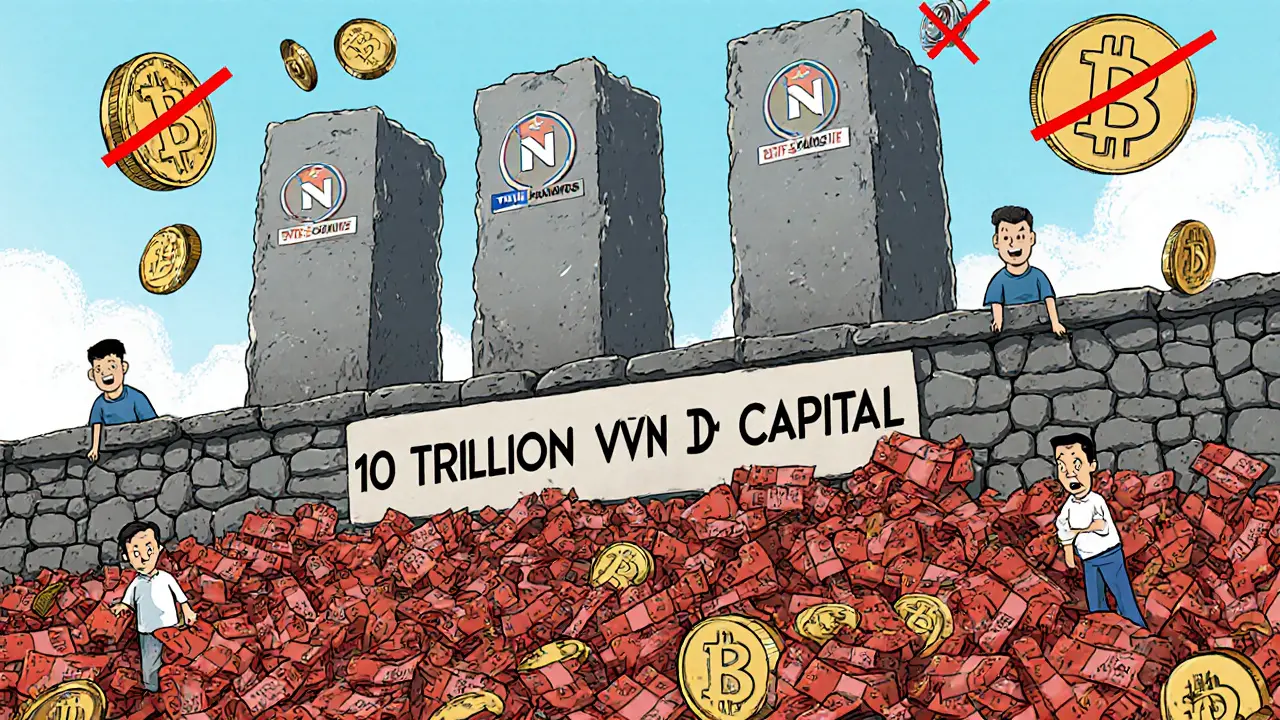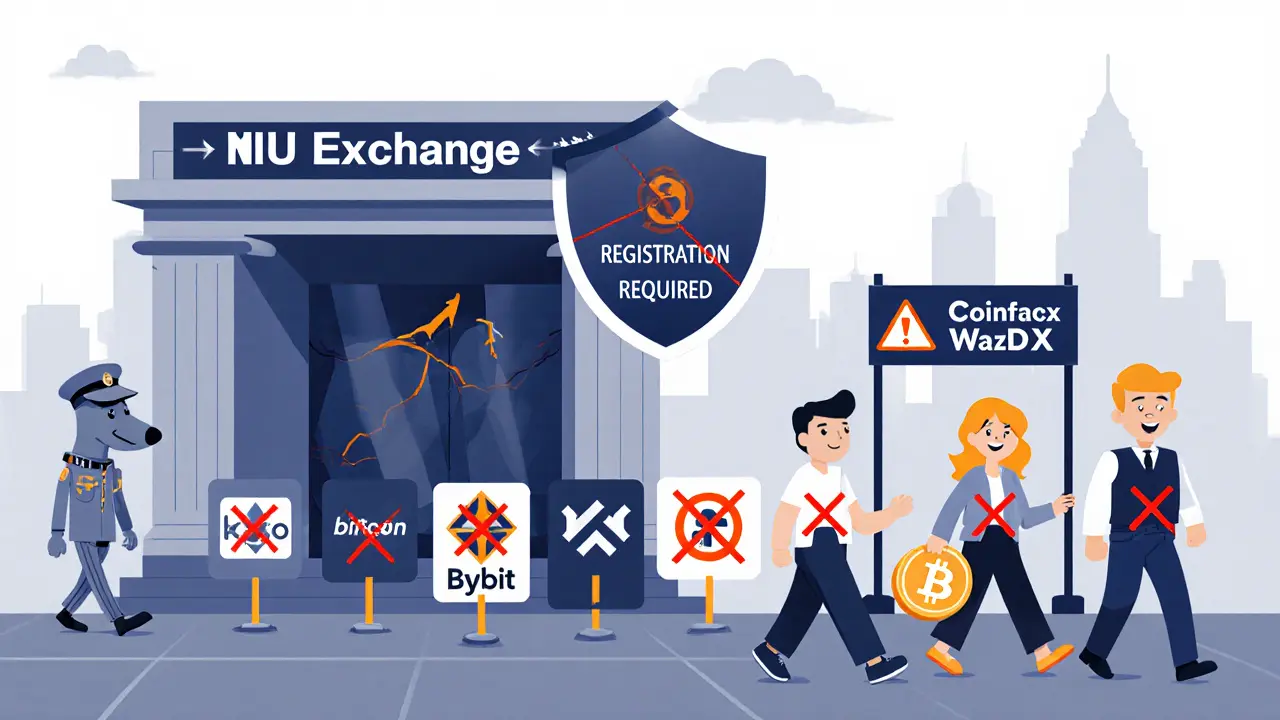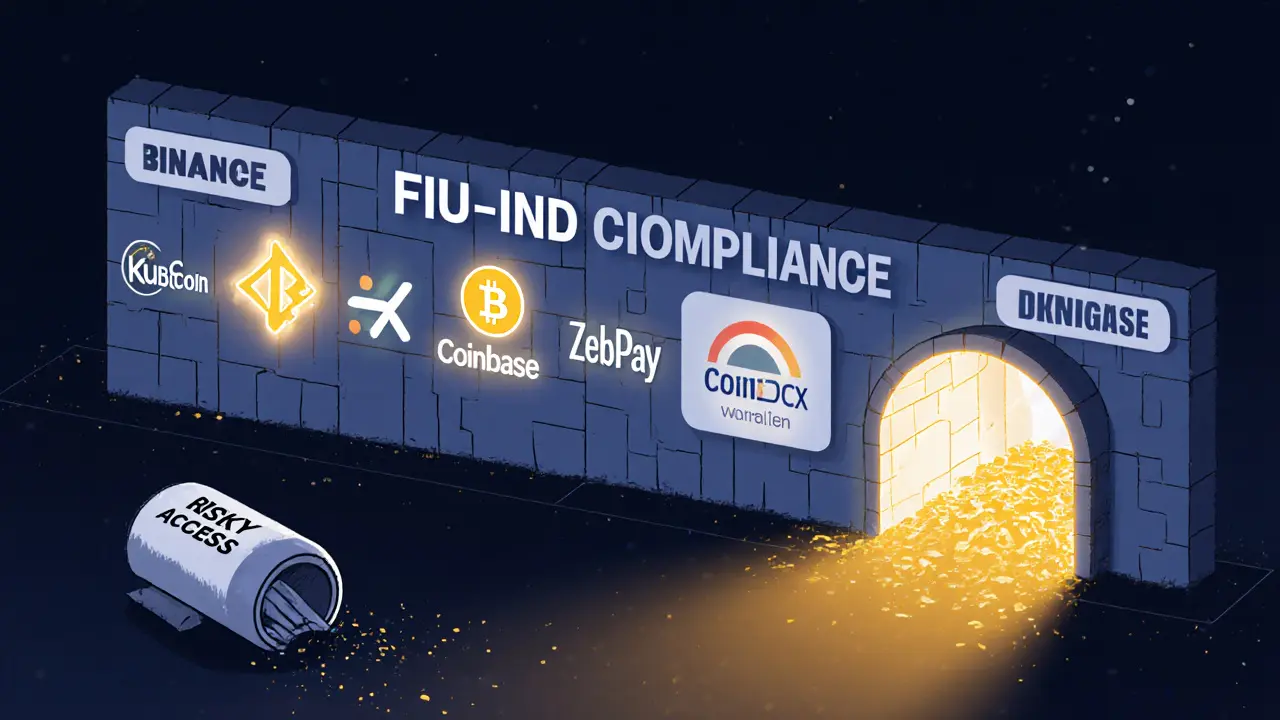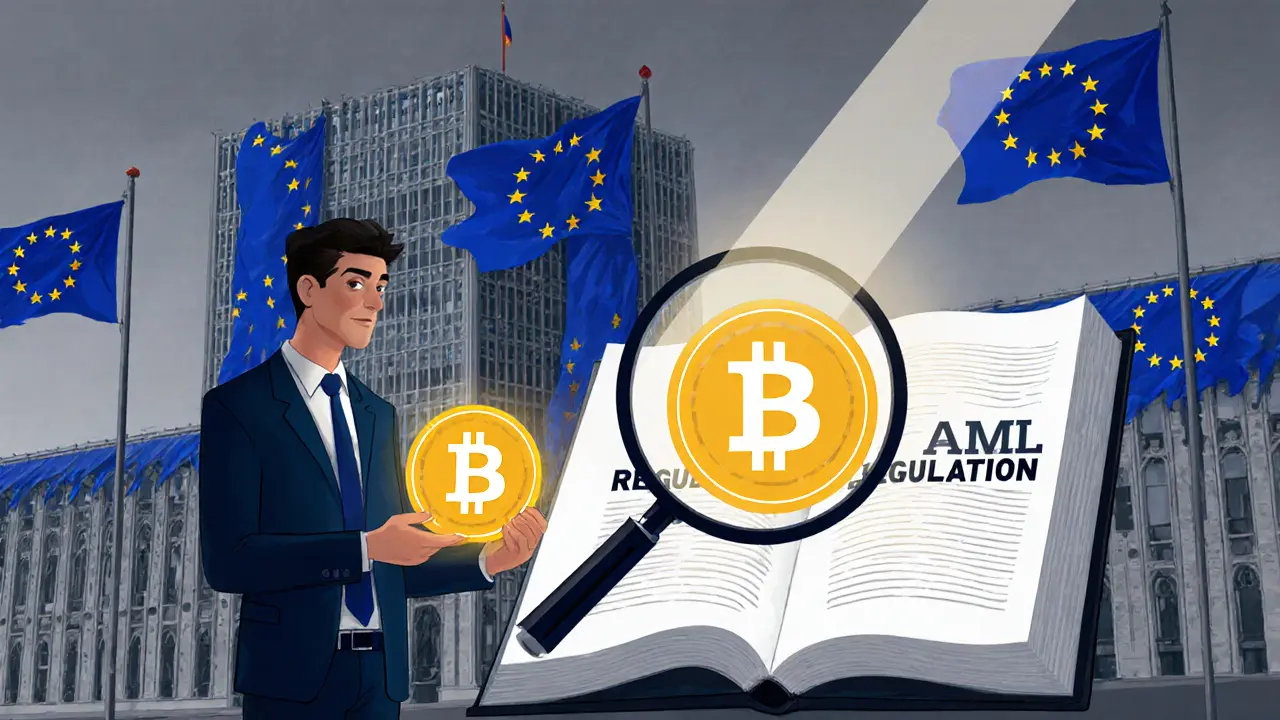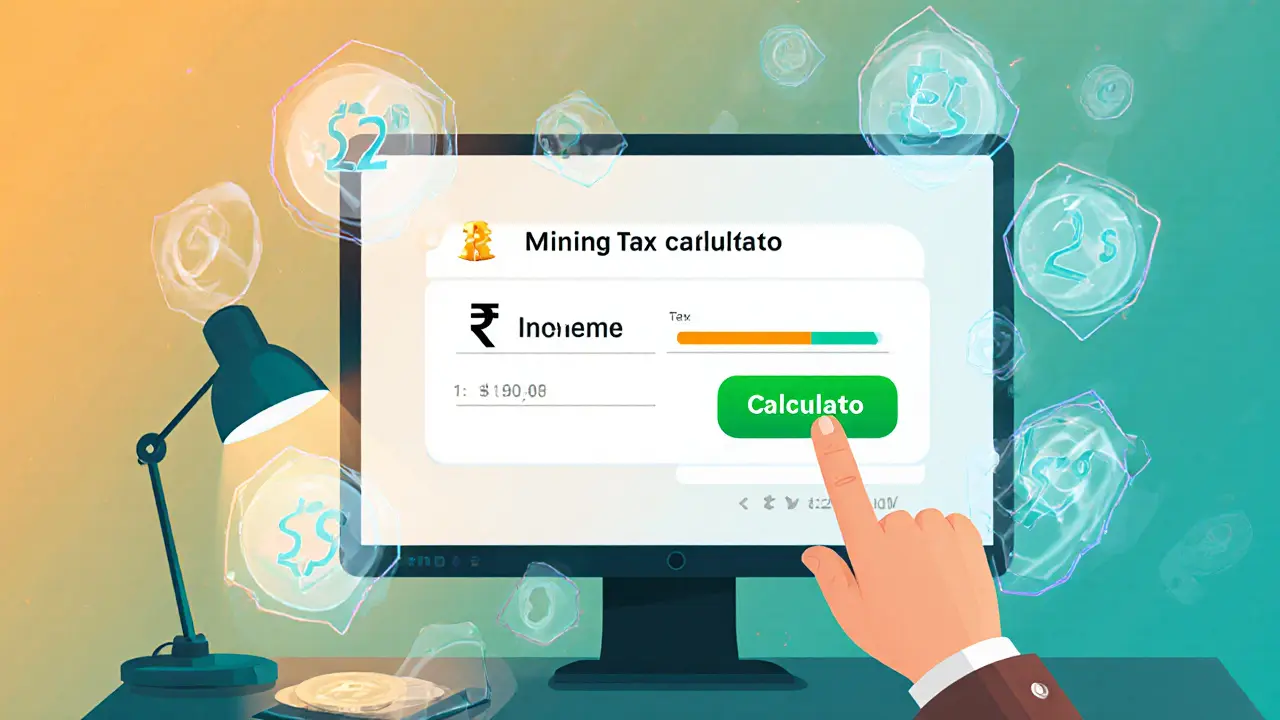Cryptocurrency Regulation
When navigating cryptocurrency regulation, you’re dealing with cryptocurrency regulation, the set of laws, taxes and compliance requirements that govern digital assets worldwide. Also known as crypto compliance, it shapes how miners, exchanges and investors operate.
The European Union’s MiCA, Markets in Crypto‑Assets regulation that defines licensing, consumer protection and market‑integrity rules for EU crypto firms. Also called EU crypto law, it forces companies to obtain a CASP licence before they can passport services across member states. Because MiCA sets clear deadlines, firms must upgrade KYC systems and report token offerings under strict disclosure standards.
Across the Atlantic, FinCEN, the U.S. Financial Crimes Enforcement Network that enforces anti‑money‑laundering rules on digital‑currency businesses drives the so‑called travel rule. The travel rule requires crypto platforms to share sender and receiver information on transactions above $3,000, linking blockchain activity to traditional finance compliance. Ignoring this rule can trigger hefty fines and freeze assets.
In the sanctions arena, OFAC, the U.S. Office of Foreign Assets Control that administers economic and trade sanctions has zeroed in on Iranian crypto actors. By flagging wallet addresses linked to sanctioned entities, OFAC forces exchanges to block Iranian users and monitor suspicious flows. Platforms that fail to screen against OFAC lists risk being cut off from the U.S. banking system.
Why staying compliant matters
Regulators worldwide share a common goal: prevent illicit finance while fostering innovation. Whether it’s MiCA’s passporting framework, FinCEN’s travel‑rule reporting, or OFAC’s sanctions enforcement, each rule adds a layer of transparency that protects users and institutions. For miners in India, banks in Mexico, or traders in any jurisdiction, understanding these standards means lower legal risk, smoother access to liquidity and a clearer path to growth.
Below you’ll find a curated set of guides that break down each of these regimes, show how they intersect, and give you actionable steps to stay ahead of the compliance curve. Dive in to see how the rules affect mining taxes, exchange access, cross‑border monitoring and more.


